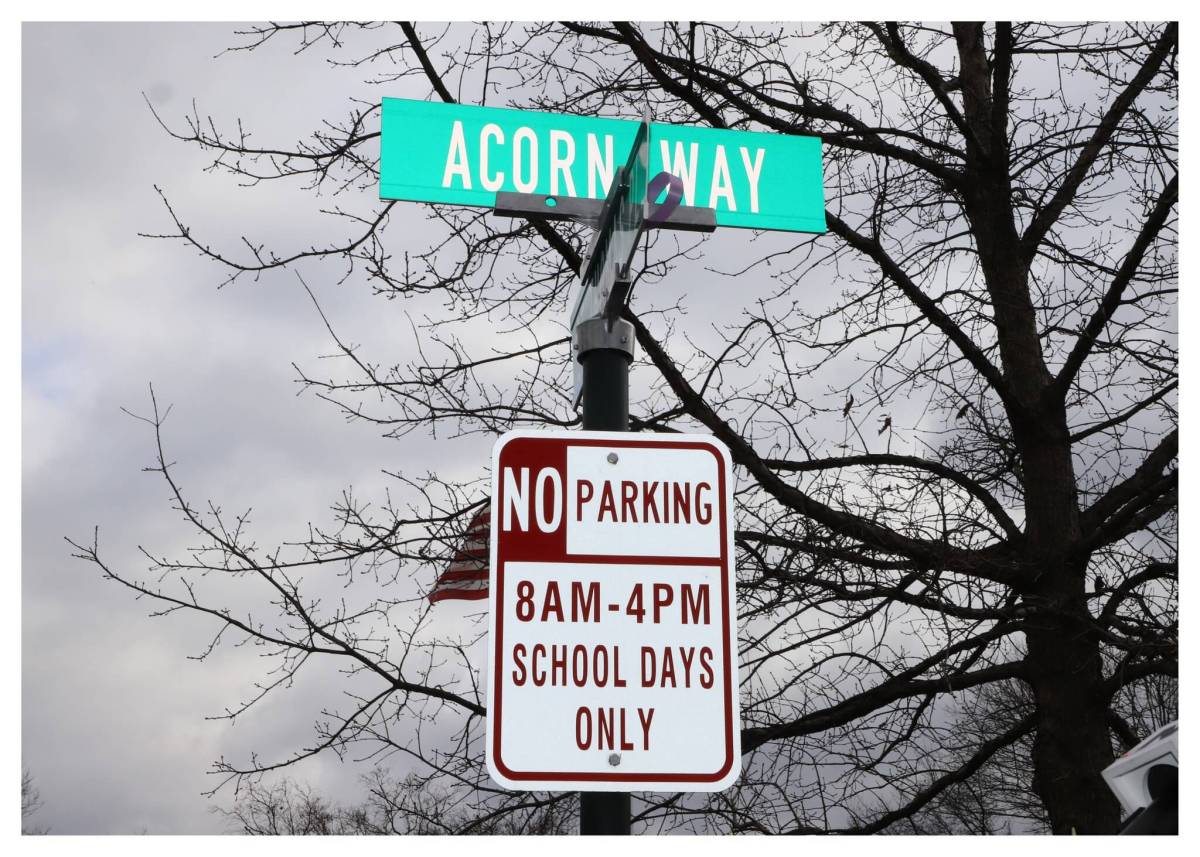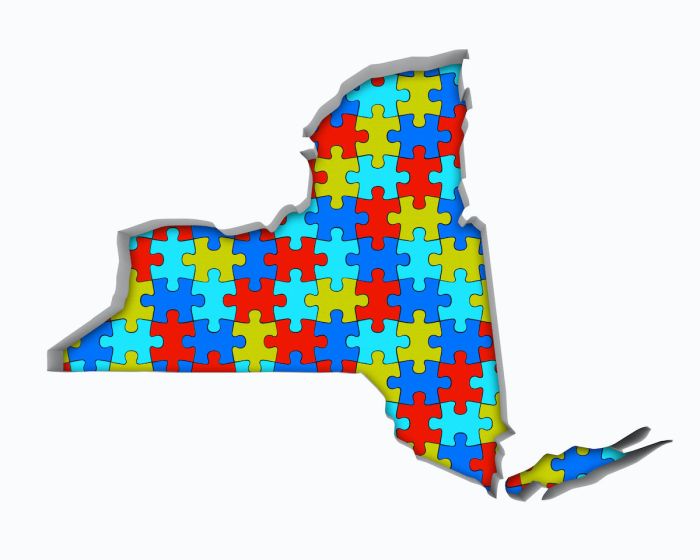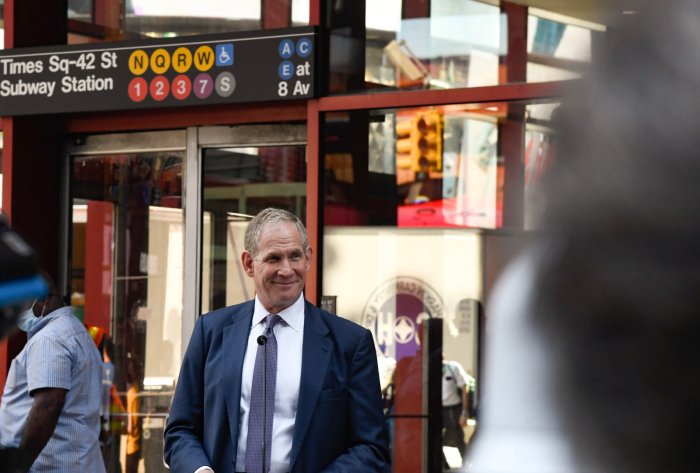OpEd: With Recent Name Changes Come Lessons in Sordid History
This has been a time of name changes for streets, buildings and organizations plus removal of monuments because of what they reflect, and now New York State is limiting the use of Native American names.
The Village of Malverne at the start of 2023 unveiled a new name for a street that for a century carried the name of a village founder, a Ku Klux Klan leader. This followed a campaign by Malverne High School students and a group of community residents. Lindner Place was named after Paul Lindner, a grand cyclops of the KKK. “I think it’s an amazing testament to our high school students and residents who raised facts,” declared Malverne Mayor Keith Corbett.
There’s been a move to rename Ruland Road in Melville. A librarian at Farmingdale State College, April Lynn Earle, uncovered the fact that its namesake, Judson Ruland, was a Klansman, with his 1925 obituary noting that 200 KKK members from Long Island attended his funeral and a cross was burned at his graveside at Lower Melville Cemetery.
Upstate, at the United States Military Academy at West Point, Confederate symbols began being removed in 2022 following a U.S. Department of Defense directive that the academy do away with installations that “commemorate or memorialize the Confederacy.” Taken down was a portrait of Robert E. Lee dressed in his Confederate uniform that hung in the academy’s library and a stone bust of Lee was removed. He was superintendent of the academy before turning against the U.S. to become commander of the Confederate Army. Also, several bronze panels featuring Lee and other supporters of the Confederacy were removed, including one with an image of an armed man in a hood and the words “Ku Klux Klan.”
I went to Andrew Jackson High School in Cambria Heights in Queens and I would note that we did not know the details about Jackson—notably his role in a biography about him by historian David S. Brown published last year. Brown tells of then-President Jackson dispossessing 60,000 Native Americans from their tribal lands through the Indian Removal Act of 1830. An estimated 4,000 died during the brutal westward march to “Indian Territory,” which became Oklahoma. Native Americans call it the “Trail of Tears.”
At Jackson High School in the 1950s, the school’s anthem declared: “Old Hickory and victory will be our battle cry.” We were not taught about his “Speech to Congress on Indian Removal,” which the National Park Service now offers online, in which Jackson calls Indians “savages” and speaks of “opening the whole territory” between Tennessee and what’s now Oklahoma “to the settlement of the whites.” Jackson’s name has been stripped in recent times from schools in Chicago and Philadelphia.
And in recent times, too, the name of John James Audubon, the naturalist, has been eliminated from the names of Audubon chapters, including those in Seattle and Chicago, and in March, from New York City’s because, as The New York Times reported, Audubon “held workers in slavery and harbored racist views toward Black and Indigenous people.” The national group, however, decided to keep Audubon in its name.
The New York State Board of Regents last month enacted a ban on public schools’ use of Native American names for sports teams, mascots and logos, and some Long Island school administrators are complaining.
Is all this overkill? Or is it that we are learning slowly about historical truths and acting accordingly?
































